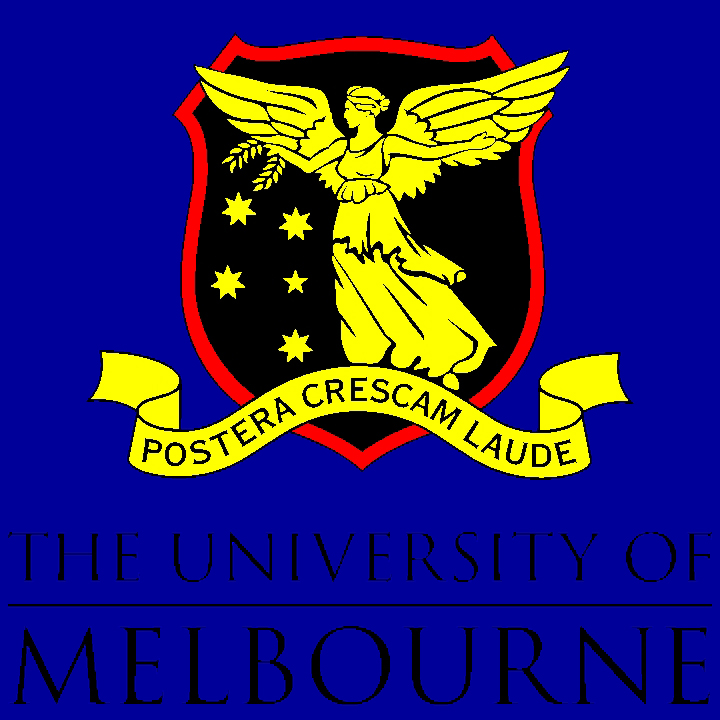|
|
|
|
Effect of Refridgeration and Freezing
Refrigeration:
In a specimen that has been stored at a low temperature but not frozen the degree of autolysis is greatly reduced compared to storage at room temperature. This is because many of the enzymatic reactions within an autolysing cell are temperature sensitive and therefore inhibited when the carcase is cooled. Unfortunately the lowered level of enzyme activity still permits some degradation of the tissues and prolonged storage is not possible, however after 24 hours there is excellent preservation in most organs. Organs such as the pancreas and intestines which have rapid rates of autolysis are not quite as well preserved, and examination of these organs needs to be made soon after death if subtle change are to be detected.
In general the carcase is much less bloated than after 24 hours at room temperature because the fermentative activities of the intestinal bacteria are also inhibited. The walls of the intestine are better preserved and there is less imbibition of bile and intestinal pigments. The lungs retain a better preserved pink colour although they are still somewhat more congested and dark than fresh specimens. The liver borders remain sharper although some congestion is usually apparent.
Freezing:
In a specimen that has been frozen there is good preservation of gross structural features and body condition. However when the specimen is opened there is a widespread pink staining of many tissues due to the imbibition of haemoglobin released from erythrocytes which rupture when frozen. Histologically the cells of many tissues are disrupted by freezing and artificial separations may develop as a result of ice formation between cells.

Freezing halts autolytic processes and also bacterial degradation, however it produces artificial changes in tissues which are not desirable. For this reason it is not suitable for the storage of tissues for histological examination. It is however useful for the storage of tissue samples for viral isolation tests as it inhibits autolytic and bacterial degradation of viral proteins but often will not kill the virus itself.
Formalin fixation is not useful for virus culture and identification because as well as stopping autolysis and bacterial degradation, it kills the virus also.
DNA extraction for PCR and genetic finger printing or virus testing can be taken from tissues fixed in formalin, although this method of storage is not ideal.
|
 Veterinary Pathology - Autolysis
Veterinary Pathology - Autolysis